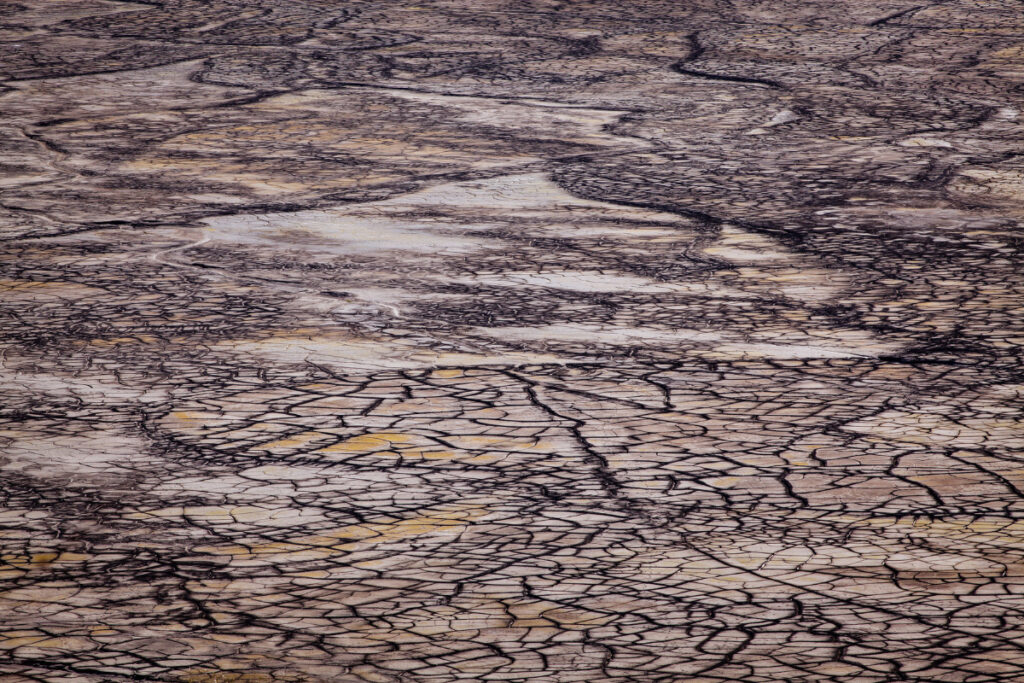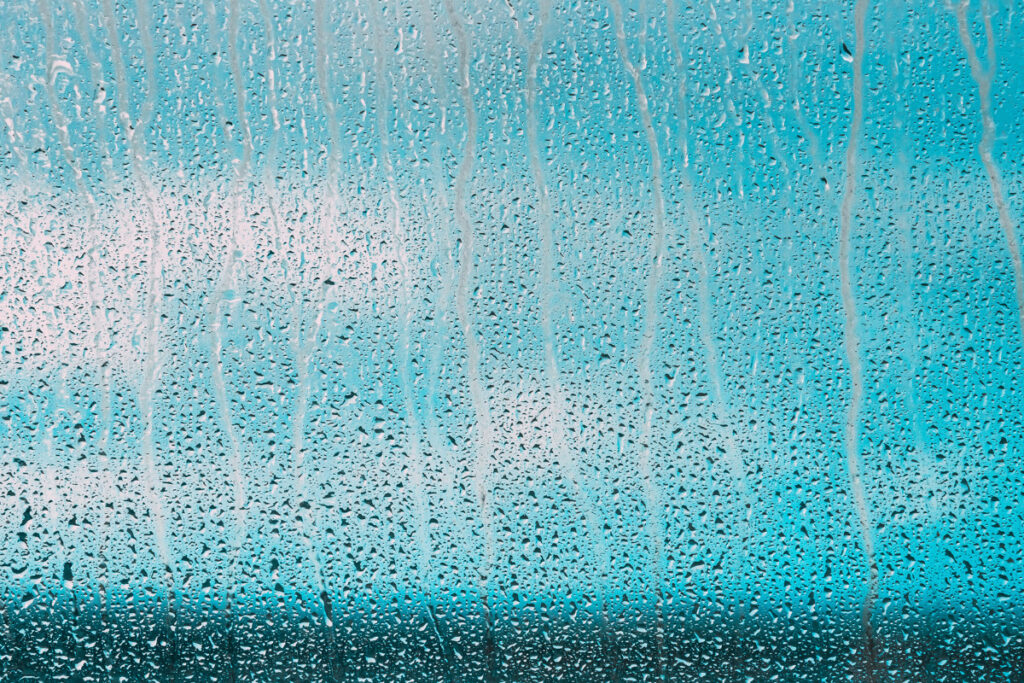Introduction
Welcome to DroneQuote, your premier online solar and roofing marketplace where convenience, education, and quality merge to pursue exceptional nationwide roofing solutions tailored to unique weather conditions. At DroneQuote, we understand that maintenance is essential to ensuring a long-lasting and robust roofing system. Let’s explore understanding regional weather patterns and their impact on maintaining a strong roofing system.
Our expertise is grounded in years of industry experience. We’re committed to providing valuable insights for homeowners seeking maximum longevity, energy efficiency, and protection from unpredictable environmental factors. Let’s journey through America’s diverse climates while exploring proactive strategies to safeguard your investment. Let’s preserve your roof’s integrity amidst mild seasonal changes and extreme weather events.
Understanding Regional Weather Conditions And Their Impact On Roof Maintenance
Different parts of the country experience varying weather conditions that significantly impact residential and commercial roof maintenance. Hot and dry climates and cold and wet ones can cause different damage to roofs compared to windy areas or hurricane-prone locations. It’s important to understand how these factors affect your roof’s lifespan and take regular maintenance steps accordingly.

Hot And Dry Climates
Hot and dry climates, such as those found in the southwestern United States, can present unique challenges for roofing maintenance. The combination of intense heat and arid conditions can cause materials like asphalt shingles or wood shake roofs to crack and wear down faster than in more temperate regions. In addition, fluctuating temperatures between day and night may cause contraction and expansion of roofing materials.
Homeowners must select materials to withstand high UV exposure while providing proper ventilation to maintain optimal roof conditions in hot and dry climates. Metal roofs or cool-roof-rated asphalt shingles are known for their excellent reflective properties that reduce heat absorption into homes. Professional roofing contractors should conduct regular inspections to check for signs of material deterioration from sun damage. By taking proactive measures against harsh weather elements unique to these areas, property owners can extend the lifespan of their roofing systems while ensuring optimum energy efficiency.

Cold And Wet Climates
Homeowners in cold and wet climates face distinct challenges when maintaining roofs. Frequent heavy rainfall and snowfall can lead to various roofing problems, including leaks, moisture damage, and ice dams. For instance, asphalt or architectural shingles can easily crack due to winter freezing and thawing cycles.
Regular inspections and repairs are crucial to keep your roof in good condition during these adverse weather conditions. This involves checking for loose or damaged shingles that may allow water infiltration into the roofing system. This can also ensure proper ventilation of attic spaces to minimize condensation issues. It’s also essential to keep gutters free from debris as this aids in preventing ice dam formation, which could cause significant damage over time. By prioritizing proactive maintenance measures throughout the year, you’ll extend your roof’s lifespan and save on costly future repairs related to weather-induced damages.

Windy Climates
Living in a windy climate can stress your roofing system significantly, making regular roof maintenance critical to its longevity and integrity. Strong winds have the potential to lift and tear shingles, creating weak spots that could result in leaks or structural damage over time.
When choosing roofing materials, it’s vital to consider wind resistance and select options appropriate for your area’s weather conditions. Architectural shingles are an excellent choice due to their increased capacity to withstand uplift compared with standard asphalt shingles.
Homeowners should schedule inspections at least twice a year to identify loose or damaged shingles and repair them promptly. Additionally, trimming overhanging tree limbs can minimize potential impact damage during high-wind events.
By staying proactive about roof maintenance in windy areas, you’ll be able to avoid costly repairs while extending the lifespan of your roofing system. This effort will also improve overall energy efficiency within your home.

Hurricane-Prone Areas
Living in hurricane-prone areas presents its own set of challenges, especially when it comes to maintaining a sturdy roof. You’ll need a properly installed and regularly maintained roofing system to withstand the strong winds that come with hurricanes. Working with experienced contractors knowledgeable about regional building codes and skilled enough to fortify your roof against wind uplift is essential.
Experts recommend metal roofs or special shingle options for hurricane-prone areas in these regions. Regular maintenance is crucial because even minor damage can lead to water infiltration during heavy storms. Checking for loose or missing shingles, debris buildup on flat roofs, and overhanging tree branches near the house should be done routinely throughout the year – not just before an expected major storm. Taking proactive measures like these can reduce emergency repair costs and minimize possible risks associated with harsh weather conditions.

Snowy Regions
Regions with heavy snowfall can cause significant damage to roofs due to constant freezing and thawing cycles. Ice dams are a common problem. They occur when melted snow refreezes at the roof’s edge and causes water to seep under shingles into the structure beneath. To avoid such issues, homeowners in snowy regions must ensure that their roofs are adequately insulated and ventilated. This will regulate the temperature of the roof surface, preventing uneven melting of accumulated snow.
In addition, consistent removal of snow from rooftops can prevent ice dams from forming in the first place. Asphalt shingles are frequently used for their durability against harsh weather conditions; however, architectural shingles may be an alternative option as they provide an extra layer of protection against moisture damage thanks to their thicker profile.
Ultimately, undertaking preventative measures like regular maintenance while selecting appropriate roofing materials can significantly prolong your rooftop’s lifespan in snowy climes.
Importance Of Regular Roof Maintenance For Different Regions
Regular roof maintenance is crucial for ensuring the longevity of your roof and preventing leaks, water damage, and costly repairs in different regions impacted by weather conditions, such as hot and dry climates, cold and wet climates, windy climates, hurricane-prone areas, and snowy regions.
Preventing Leaks And Water Damage
Regular roof maintenance is crucial to prevent leaks and water damage caused by weather conditions. Depending on the climate, issues such as asphalt shingles deteriorating faster in hot and dry climates due to UV rays or clay tiles cracking from heat exposure can arise. Cold and wet climates may lead to moisture damage from ice dams or snow accumulation, while windy areas could cause loose shingles or flashing that increase the risk of water penetration. Those living in hurricane-prone areas must have a sturdy roofing system to withstand strong winds and rain.
To avoid costly repairs later on, simple proactive measures like removing debris from gutters regularly and trimming tree branches near your roof are important. Additionally, scheduling an annual inspection with a professional roofing contractor can identify potential issues before they become major problems. By keeping up with regular maintenance based on regional weather conditions, you can extend your roof’s lifespan while ensuring property safety for years.
Extending Roof Lifespan
Proper maintenance is crucial for increasing the lifespan of your roof and avoiding costly repairs or replacements in the future. Regular inspections, cleaning, and investing in quality materials like asphalt or architectural shingles can help prevent leaks, water damage, and minor issues from becoming major problems. Environmental factors such as extreme weather conditions also impact how long your roof lasts. Reinforcing vulnerable areas, replacing damaged shingles promptly, and adopting energy-efficient practices like proper insulation and ventilation is crucial to regulating temperature changes.
To extend the life of your residential or commercial property’s roofing system, you must be attentive to seasonal changes while prioritizing routine maintenance tasks like inspecting gutters for debris after summer storms and tightening loose shingles before winter comes with ice dam formation. It is better to address repairs before environmental events than wait until issues become too extensive!
Improving Energy Efficiency
Proper roof maintenance can significantly impact your home’s energy efficiency, keeping it cooler in hot weather and warmer during cold snaps. To improve efficiency, reflective coatings or white roofing membranes can be used to reduce heat transfer.
Vents or fans can also be installed to regulate temperature and prevent moisture buildup in the attic space. Regular maintenance, such as removing debris from gutters and checking for cracks or holes around penetrations like chimneys, is essential to extend the roof’s lifespan, increase its integrity, lower utility bills, and provide greater comfort indoors.
Avoiding Costly Repairs
Routine maintenance of your roof is crucial in avoiding costly future repairs. Ignoring necessary upkeep may result in water damage and leaks, which could be incredibly expensive. Sometimes, a severely damaged roof may need to be replaced entirely instead of just repaired.
Regardless of your residence climate, regular inspections and maintenance are essential for all homeowners. For instance, individuals living in chilly and wet climates should prevent ice dams from forming on their roofs during winter storms by regularly removing snow. On the other hand, those residing in hurricane-prone areas must secure any loose shingles or roofing materials before a storm arrives to avoid significant damage.
Overall, taking time and investing resources into proper roof maintenance helps prolong the lifespan of your roofing system while also saving you money on potential repair or replacement costs down the line.
Tips For Maintaining Your Roof According To Weather Conditions
Keep your roof in top condition year-round with these essential maintenance tips tailored to different weather conditions. From preventing moisture damage in rainy climates to dealing with ice dams during winter weather, our guide has got you covered. Click through to learn more and ensure your roof is ready for anything that comes its way!
North
In the northern parts of the United States, roofs are exposed to harsh and extreme weather conditions all year round. The winters can be bitterly cold with heavy snowfall, while summers are hot and humid. The constant fluctuations in temperature take a toll on the roof’s surface, leading to the cracking and expansion of materials over time. To maintain your roof’s longevity in these regions, it is essential to have regular inspections by professional roofing contractors. They can identify any damage caused by environmental factors that could lead to moisture damage or leaks.
During winter in northern states like Minnesota or Wisconsin, ice dams pose significant risks for homeowners with asphalt shingles roofs. These ice formations form along eaves and gutters when melting snow refreezes at night, creating a frozen dam that traps water on the roof’s edge; this causes moisture buildup under shingles leading to rotting wood decking or even leaks into living spaces below if not remedied promptly by roofing professionals. Additionally, summertime brings seasonal storms that may cause loosened shingles, which require immediate attention from qualified roofing specialists.
Proper maintenance for your residential or commercial property is crucial for protecting your home against severe weather conditions experienced during seasonal changes in Northern states. Regular checks help catch issues early on before they become more significant problems requiring costly repairs or replacements. Making sure you contact trusted roofing companies who offer quality services, such as DroneQuote marketplace online, can ensure long-term safety measures that keep properties looking great regardless of weather patterns throughout each year!
South
The southern region of the United States is known for its hot and humid weather conditions that can be especially hard on roofs. Prolonged exposure to high temperatures can lead to shingles curling or cracking, making them more susceptible to moisture damage. With frequent thunderstorms and heavy rainfall during hurricane season, it’s important to properly maintain your roofing system.
Regular inspections with an experienced contractor who understands regional weather patterns are crucial to keep your roof in good condition in the south. They will assess your roof’s condition and identify any issues requiring attention. Simple maintenance tasks such as cleaning gutters, replacing damaged shingles or tiles, and sealing gaps around vents or chimneys can prevent water from seeping into your home.
If you plan to install a new roof in the south or consider a replacement project, consider lighter-colored materials like clay tiles or metal sheets, as they reflect heat better than darker options like asphalt shingles. This choice could improve energy efficiency and lower utility bills by reducing roof surface temperature during hot summer months.
West
The western region of the United States experiences a diverse range of weather patterns, from dry and hot conditions in California to snowy mountains in Colorado and Wyoming. Homeowners must proactively maintain their roofs, especially with extreme temperatures or heavy snowfall.
In California, where wildfires are common, regular roof inspections can help prevent damage caused by intense UV rays. Reflective roofing materials or coatings help regulate surface temperature and enhance energy efficiency.
In colder regions like Colorado or Wyoming, monitoring roof loads during winter is essential to avoid significant damage caused by heavy snowfalls. Durability against cold temperatures makes asphalt shingles a popular choice for homeowners here but may require frequent maintenance, such as repairing cracked parts caused by seasonal material expansion.
Regardless of your location, environmental factors can affect a roof’s lifespan. Routine maintenance checks with an experienced roofing contractor can help identify issues before they become costly.
East
In the Eastern part of the USA, it is common to experience severe thunderstorms and hurricanes during summer and fall. Proper roof maintenance is essential to prevent leaks, damage, and water infiltration from these storms. Regularly cleaning out gutters and checking for loose or missing shingles before storm season is important to prevent flooding. Additionally, trimming overhanging tree branches and using proper ventilation systems to prevent heat buildup during summer months.
Regularly checking for signs of wear and tear is essential for ensuring the longevity of roofing materials in the East. This includes monitoring structural integrity issues such as sagging roofs and identifying small cracks or gaps that could allow water penetration into your home’s interior parts. Monitor the environment to prevent costly roofing repairs: caulking, inspections & sealant application.
Midwest
Maintaining your roof in the Midwest region of the United States is essential due to its extreme weather conditions. Regular inspections from hot summers to freezing winters are necessary to identify any damage caused by temperature changes and strong wind gusts. This approach can help prevent costly repairs and extend your roofing system’s lifespan.
Asphalt shingles’ durability is critical as they expand and contract with temperature variations. During winter, ice dams may form on eaves and gutters, causing severe water damage over time. Regularly clearing debris from gutters will ensure proper drainage reducing chances of moisture-related problems.
Investing in high-quality materials like shingles or metal roofs to withstand harsh climates is a proactive measure homeowners can take. These roofing systems protect against snow accumulation, hailstorms, or high winds. They also include long-term warranties providing peace of mind for property owners.
What Can We Do
At DroneQuote, we understand that maintaining a healthy and robust roofing system is vital for every homeowner. Our comprehensive guide on regional weather patterns and their impact on roof maintenance can help protect your investment from unpredictable environmental factors. Our network of roofing professionals provides expert advice tailored to each region’s unique climate.
Additionally, if you’re considering adding solar to your home, our platform can connect you with top-rated solar installers. With solar panels, you can reduce your carbon footprint and save money on your monthly energy bills.
Take action today and start protecting your investment with DroneQuote. Visit our website to learn more about our roofing and solar services. Sign up here.
